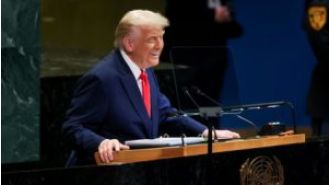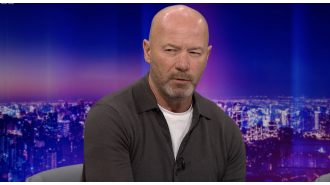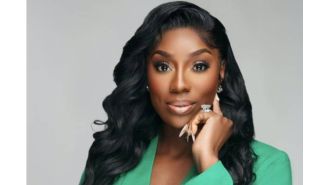How We Worked With Survivors of Sexual Assault in Alaska to Tell Their Stories
Journalists from ProPublica and the Anchorage Daily News spent months hearing from, and listening to, dozens of survivors about how they processed their trauma. Here’s how we told these stories fairly and accurately.

Today we are publishing the stories of 29 women and men who say they were sexually assaulted. The stories in this project adhere to the journalistic standards of accuracy, fairness and rigor that we demand of every story published by our news organizations. But they were written in collaboration with the community of sexual assault survivors who are the subjects of the profiles.
Here’s what that means:
“Many of you want to talk. You say speaking about your experience is a form of justice. You want other people to feel less alone. You want to support one another. We know you didn’t choose to have the experience of sexual assault. Now, if you choose to speak, we want you to feel empowered by the process.”
Each person profiled had choices in how they were represented. We asked each participant to think of a place or an activity they enjoy that is meaningful to their story and who they are. Each person interpreted that prompt differently. Some chose to be portrayed with their families, others decided to wear treasured clothing given to them by people important in their lives. Each participant decided who else they wanted to include in the picture and to what extent they would be identifiable in the portrait. When the sessions were done, the photographer invited them to look at the shots and weigh in. Read more about the portrait-making process here.
Participants could choose whether or not to use their full names, just a first name, initials, or no name at all. We asked people to choose a title that captured their occupation or interest. For Alaska Natives, we asked if they would like to list their tribal affiliation(s).
After we drafted each profile we had detailed readback(s) with each participant to make sure our choice and tone was accurate to their story.
Every detail that appears here has been fact-checked. Wherever possible, we have reviewed all relevant documents, including police and court documents and medical records. We attempted to verify memories and past events with contemporaneous accounts, including interviews with other community members, diaries, correspondence and social media. We explained our fact-checking process to each participant as we discussed the quotes chosen. We occasionally omitted details based on their comfort level but we did not change facts in any story.
In most situations, we decided not to name or otherwise identify a perpetrator. Even so, we actively sought out the person who was accused and gave them an opportunity to comment. We’ve included their response when possible.
We enabled participants to decide whether they wanted their individual stories to be shared outside of the larger collection. Usually, we would create an individual URL for each profile, making each anecdote sharable. But many of those who spoke to us said they were doing so only because they were part of a larger community, and wanted their stories to be read in that context. We also have seen victims of sexual violence targeted online. With all of that in mind, we decided to keep unique URLs private unless the participant chose to share.
Finally, we consulted with six professionals who work with survivors in the aftermath of a sexual assault. We selected them for their expertise in law enforcement, the forensic exam process, prosecutions and healing trauma.
Jenna Gruenstein, assistant attorney general, Office of Special Prosecutions, state of Alaska
Lt. Shaun Henry, former commander, Crimes Against Children Unit and Special Victims Unit, Anchorage Police Department
Ebony McClain, clinical therapist, Anchorage
Keeley Olson, executive director, Standing Together Against Rape (STAR), Anchorage
Carly Wells, sexual assault victim advocate, Fairbanks
Christine Fontaine, forensic nurse, South Peninsula Hospital, Homer
They helped us create a guide to help those who have been victimized by sexual assault in Alaska and elsewhere.






